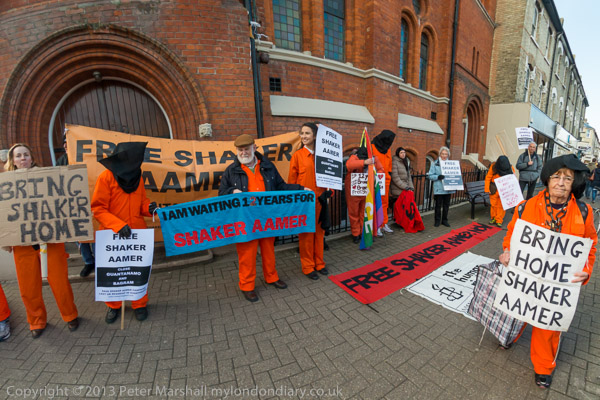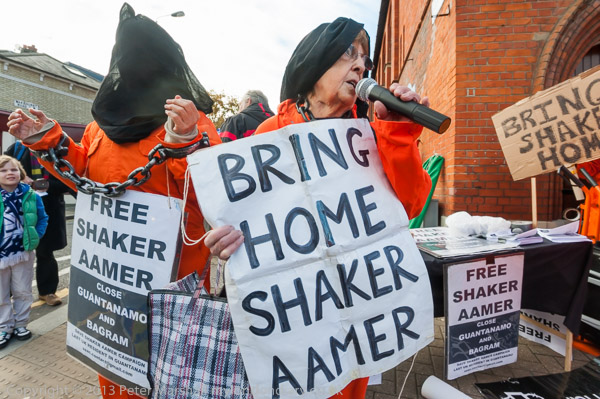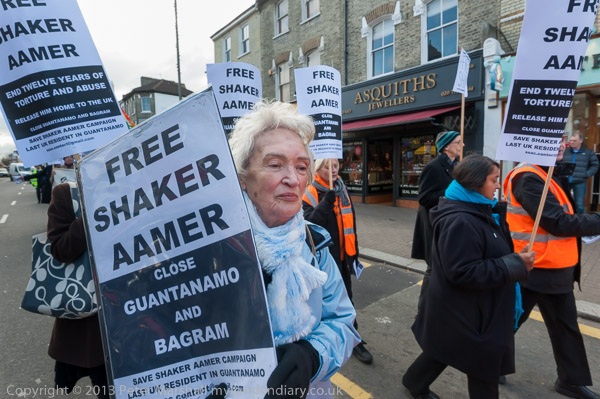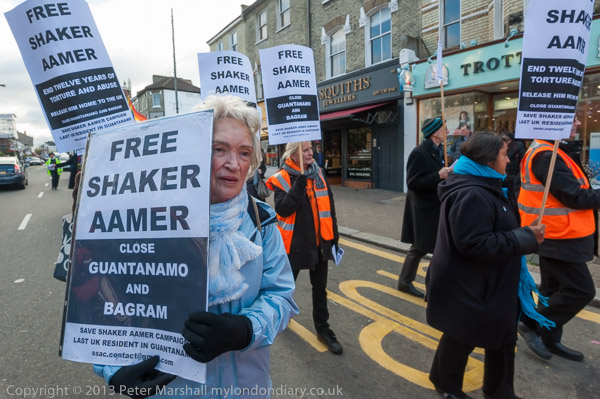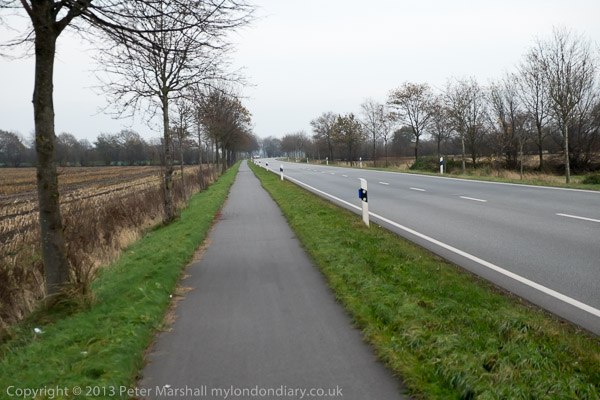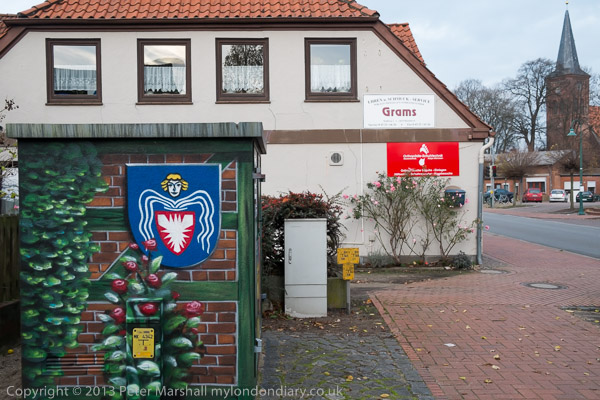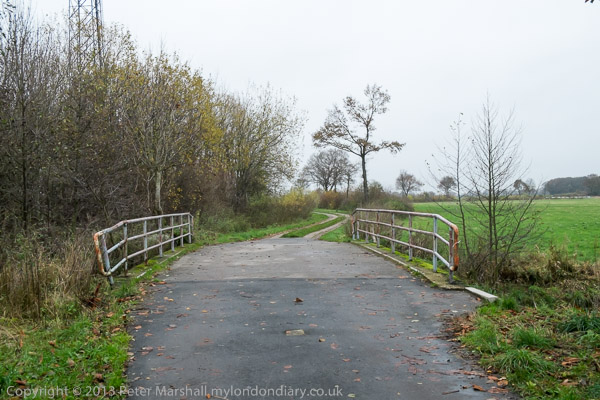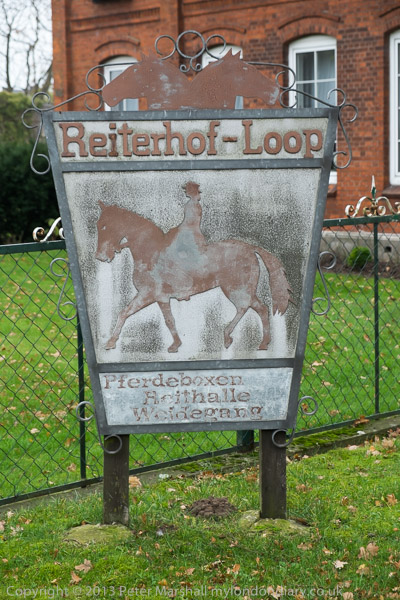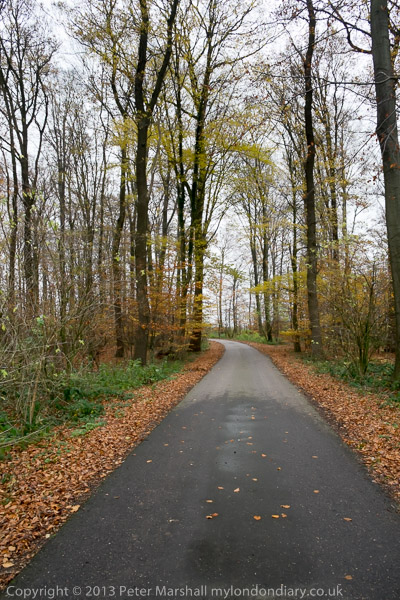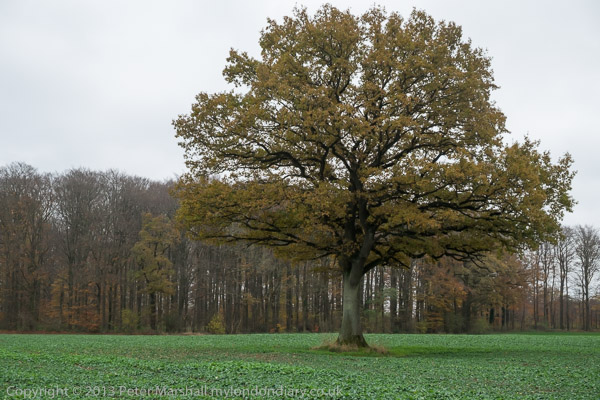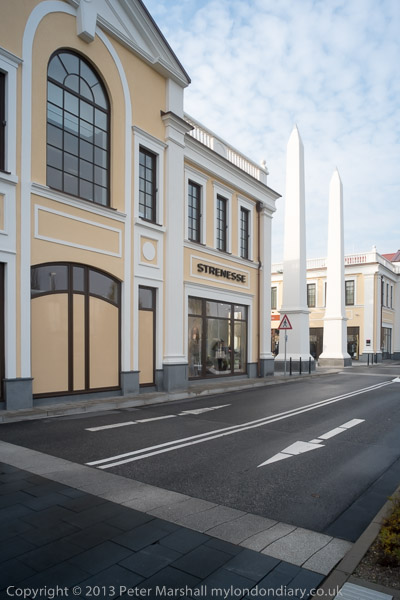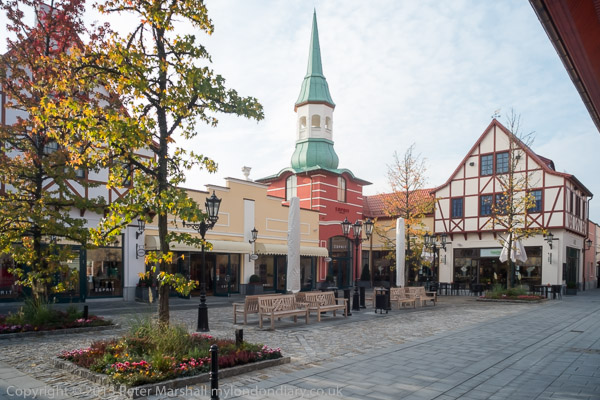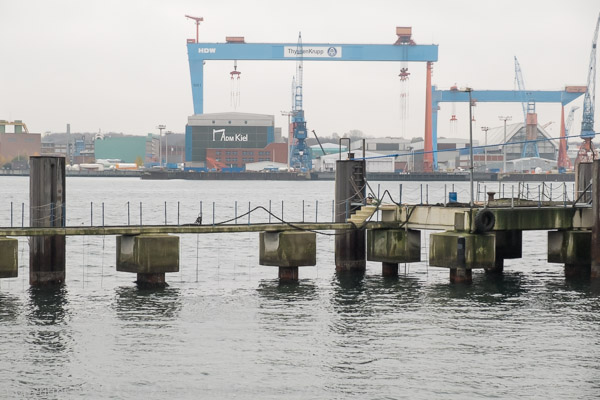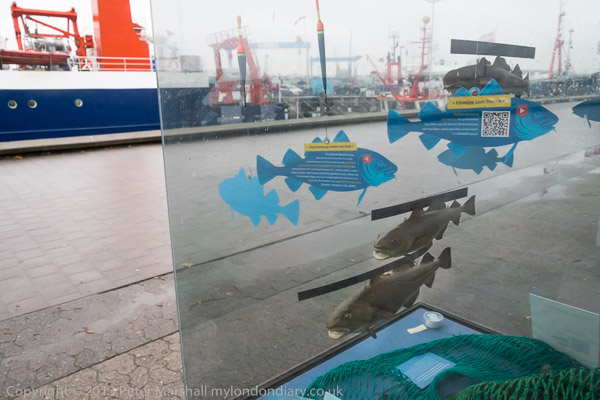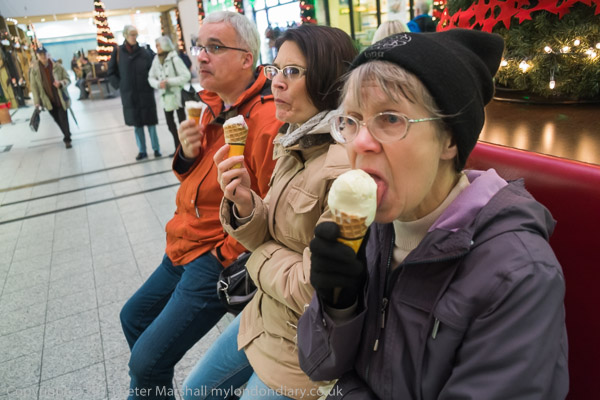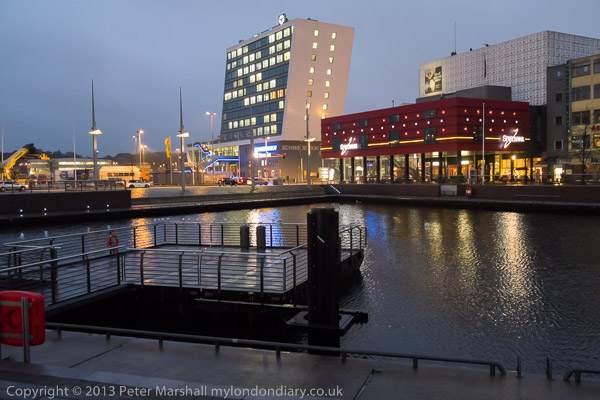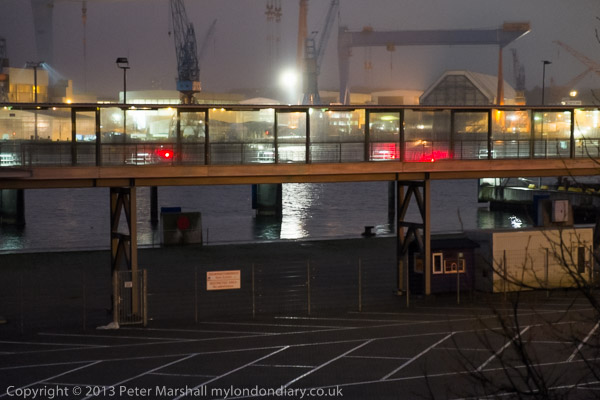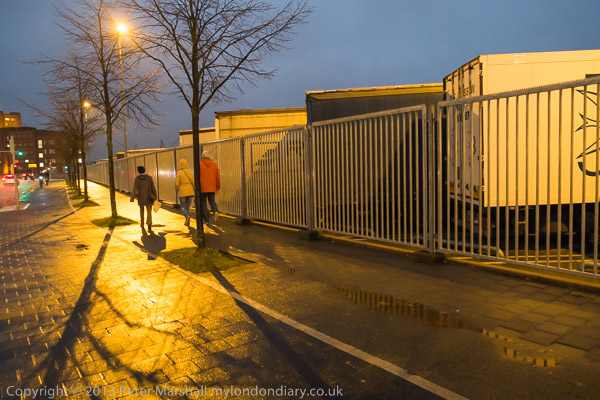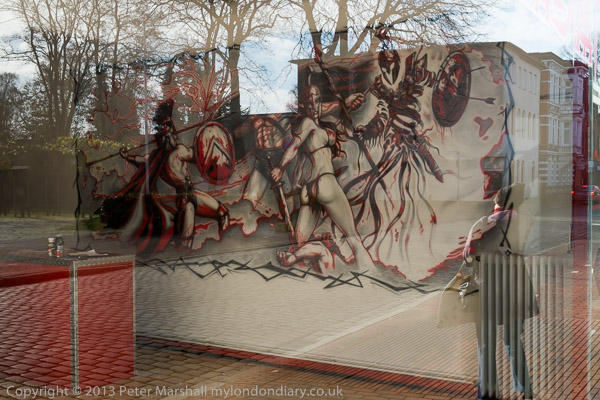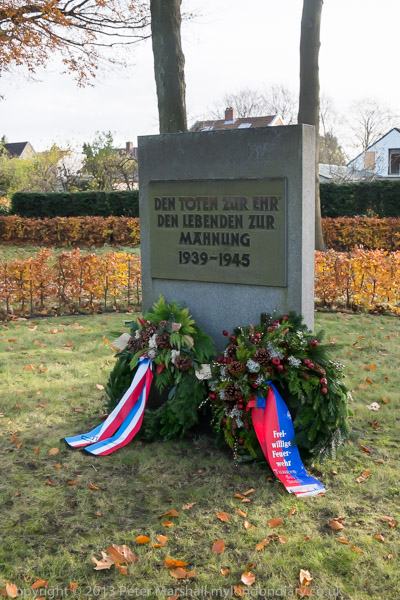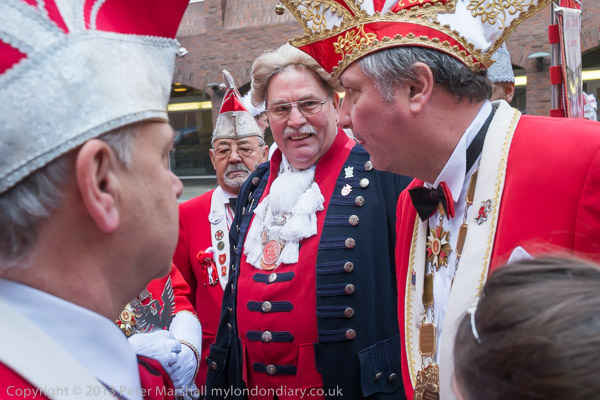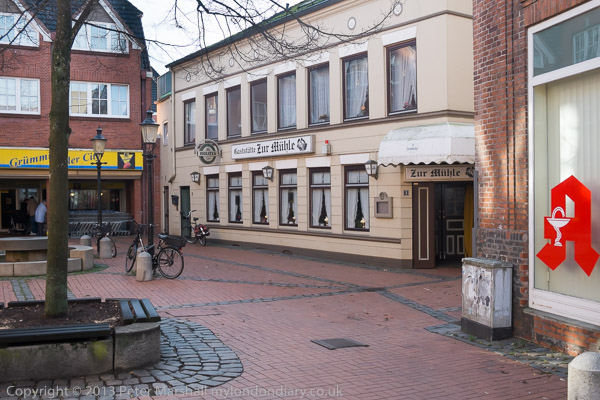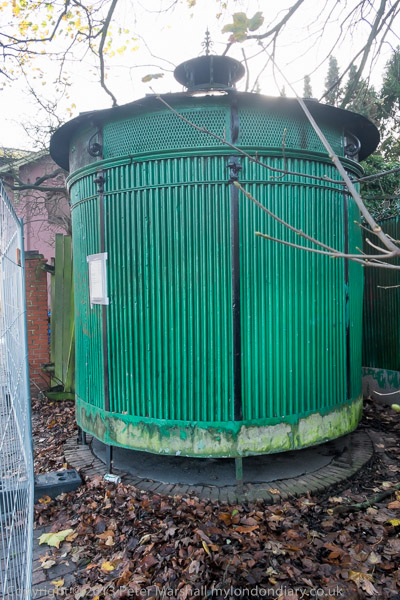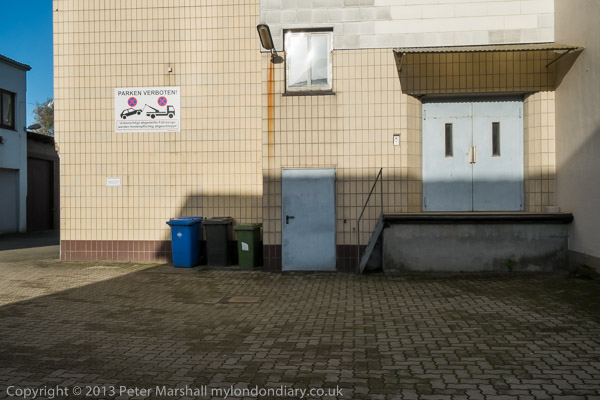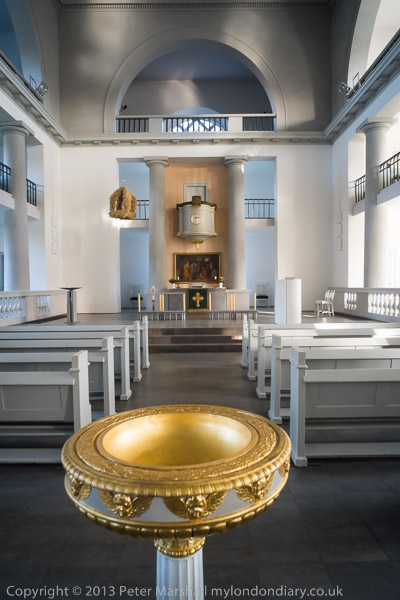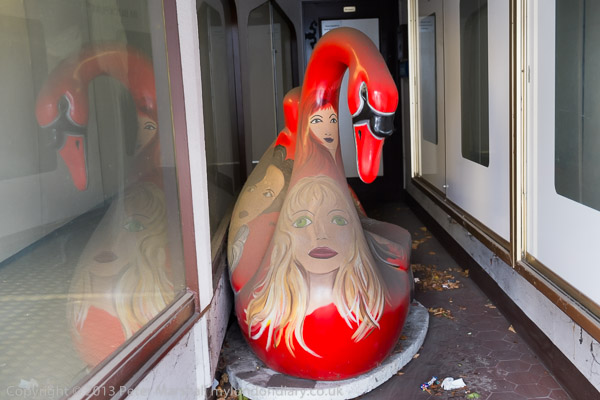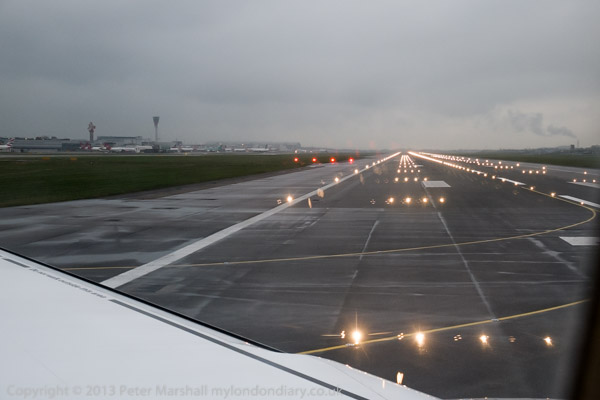I’m not entirely sure what to make of the British Library’s attempt to put Spare Rib online and make it freely available. In principle I think its a great idea, and would generally love to see more good free content of all kinds on the web, and many would certainly find this an interesting read and a useful resource. But the proposal fails to consider the rights of those whose content it is.
It would certainly be a better solution than what has happened to many periodicals, which are put on-line behind a subscription paywall – it was certainly galling to find myself being asked to pay a fee to access an article that I wrote years ago for an academic publication. Less of a problem for those who work in academia or at other institutions that subscribe to such services. But I’d much rather that content – which I’d actually supplied without recompense – had been made available freely to all.
Of course the rights of the creators of the material deserve consideration, although the commercial service in question had never asked me in any way, and I think the same is true of many other such paid content. I’d provided the material for publication in print, but not in any way signed away my copyright, but along with all the other contributors find that other people are now charging for my content. I think the companies concerned probably defend their actions by saying there is no charge for the actual content and that payment is for the supplying of content. Legally I doubt they have the right to supply my copyright content free of charge unless I grant that, though it is possibly a grey area.
I don’t think I ever supplied material to Spare Rib over its 21 years of publication (1972-93), so I’m not directly involved, but at least the British Library, who want to put it on the web, is trying to get clearance from those who hold copyrights in all the material. There is a curious statement in The Guardian feature about it, “Copyright laws demand the British Library locate and gain permission from the majority of them“.
Under current law they surely need permission from every person whose material they publish, though in the case of those who cannot be found they might well go ahead, inserting a notice requesting anyone who has not been located to contact them – with the clear statement that they will remove any content if requested by the copyright holder.
Likewise, if there are former contributors who are not prepared to have their content presented, then the BL needs to block out those sections of the issues. It would be a simple matter and almost cost-free to simply blank out parts of the issues from the files for use on-line. There isn’t so far as I’m aware any provision in copyright law that says if 91% of contributors are prepared for their work to be used, the other 9% will just have to lump it.
Apparently, a sample of those concerned have already been contacted (and if that includes you, particularly if you are a photographer, I’d advise you to read the advice from the NUJ London Photographers’ branch), with a request for them to give (or withhold) permission within a week of receiving the request, though this contradicts the date of the end of January given by the Guardian. The end of January might be reasonable, but I don’t consider ‘a week’ to be so. There is a long blog post, Beware the Spare Rib Digitisation Project, which gives one well-informed view from a contributor.
Photographers are I think in a slightly different position from writers, in that many are far more reliant than writers on the reproduction of older work as a significant source of income. For many, their archive is their pension. So photographers as a group are more worried about unauthorised usage of their work.
The BL would also appear to have selected an unsuitable form of licensing to apply to contributions, the ‘Creative Commons Attribution Non- Commercial 3.0 Licence, and any successor version as published by Creative Commons.’ Apart from the open-ended nature of the statement, this allows any non-commercial user to ‘copy and redistribute the material in any medium or format’ and to ‘remix, transform, and build upon the material‘, so long as they give an appropriate credit and indication of any changes from the original. This is a ‘Free Culture Licence‘ which is probably not what many content creators would want.
I’m not entirely happy about Creative Commons Licensing, which although it has some very positive aspects seems to be widely regarded as giving a right to do what you like with material covered by it. Few read or understand the small print. I think many photographers would be unhappy with having their work remixed, transformed or built upon, at least without knowledge of how and why this was to be done. And, where appropriate, the payment of a licence fee.
There is a more restrictive non-commercial Creative Commons licence, Attribution No-Derivatives 4.0 International with no adaptions allowed that could be applied to allow copying and redistribution but not remixing etc, which might be more acceptable to some. But copyright law gives content creators – including photographers – important rights, and perhaps we should rely on that rather than CC. The UK Copyright Service has useful fact sheets on Fair Use and Fair Dealing, the latter of which represents UK legal thinking on the issue and allows considerable private and other use. It’s perhaps a position we and the BL should note and rely on rather than going along the CC route.
Personally I think derivative work can be rather fun, though it can also get people into legal trouble, with expensive court proceedings – particularly in the USA, which often end up with some fairly unpredictable results. Mr Brainwash seems to lose because his work is judged mediocre (also see here) and it’s hard to disagree, but it’s worth reading Andy Baio’s Kind of Screwed for some other examples, though I think his conclusion about his own case is wrong – the ‘Kind of Bloop‘ album cover looks more like a poor copy of Jay Maisel’s photo than a ‘transformative work‘ to me.
I’ve allowed my own work to be used in a derivative fashion on a number of occasions, sometimes without payment, mainly for purely non-commercial use. But I think artists should request permission and where they intend to see the work should offer me a fee – as most have when approaching me for permission.
But there is yet more to the story over the BL and Spare Rib. BL make much of wanting to preserve the valuable magazine (as the Guardian article quoted above shows. But it has already been preserved on microfiche – and is available as such through the B. And as the Register make clear, no permission is needed to preserve the material, and the request isn’t about this, but about making it freely available on the web. There is more about this in The Register who also tried to get some clarification over BL’s intentions, so far without success.
